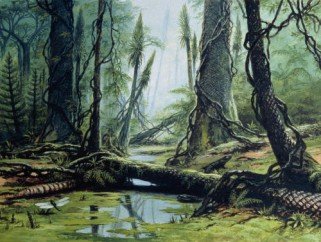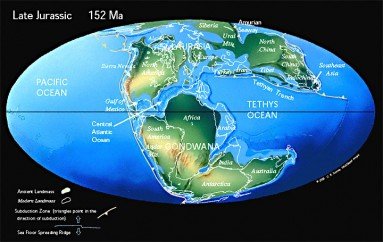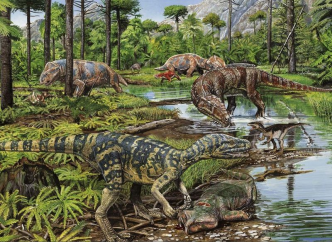
Antarctica prehistoric forests. On their way back from the South Pole in 1912, Robert Falcon Scott and his team discovered the delicate lines of plant leaves pressed into the hard rock of Antarctica. Scott called them “beautifully traced” fossils.
Despite the explorers’ fatigue and dwindling supplies, they collected samples, evidence that the icy expanse around them had once been far greener. When their bodies were discovered months later, so were the fossilized leaves of Glossopteris indica, a prehistoric tree that no longer exists, along with the preserved wood of a conifer.

The samples are some of the earliest bits of evidence that the frozen continent was once lush and covered in tall, thriving forests. They date back to the Permian period, more than 250 million years ago, when the planet was warmer than it is today. Though the land that would become Antarctica was part of the super-continent Gondwana, it was still located at same extreme latitude, where long stretches of light are followed by months of darkness. In those conditions a forest grew and, before it disappeared, left behind some of the best-preserved evidence of prehistoric plant life.
Because Glossopteris leaf fossils provided key evidence that the continents had once been connected as Gondwana, an idea that was a new theory at the time. Today, when researchers go fossil-hunting in Antarctica, Glossopteris leaves are among the most common finds.

The trees in these Antarctic forests grew as tall as 100 feet and their stumps can be three feet in diameter. Scientists now think that evergreens would have mixed with deciduous, and the ground would have been covered with a lower canopy of ferns and shrubby plants. In some ways, it would have looked like temperate forests the world over, but with a touch of the uncanny.
The Permian is not the only period when Antarctica was covered in green. A mere 53 million years ago, that area of the world grew palm trees, and scientists have also discovered the mummified remains of mosses and other plants from just 14 million years ago. But the forgotten forest of 250 million years ago stands out, in part, because of the way it disappeared.

No one knows exactly what caused the mass extinction that ended the Permian, but it’s linked to a dramatic increase in carbon dioxide in the Earth’s atmosphere. The plants that lived in Antarctica had adapted to hard conditions—months in the dark, without the energy of the sun — but they were still vulnerable to change in the Earth’s climate. Understanding these ancient plants’ responses could help us understand how today’s plants will react to a replay of that atmospheric shift.

Even with the knowledge that the planet has been through major make overs in the past, it takes a leap of imagination to picture the polar landscape—white, sere, inhospitable—as a forest. The image should feel like a shock. A forest at the South Pole would have a transformative effect on temperatures and weather across the globe, but imagine the condition of the rest of the world in which this is possible: different species, sea levels, rainfall, seasons—with or without us. We’re starting to see the polar march of plant species in both hemispheres even now, evidence that the forested past of Antarctica could be a window into its future.
